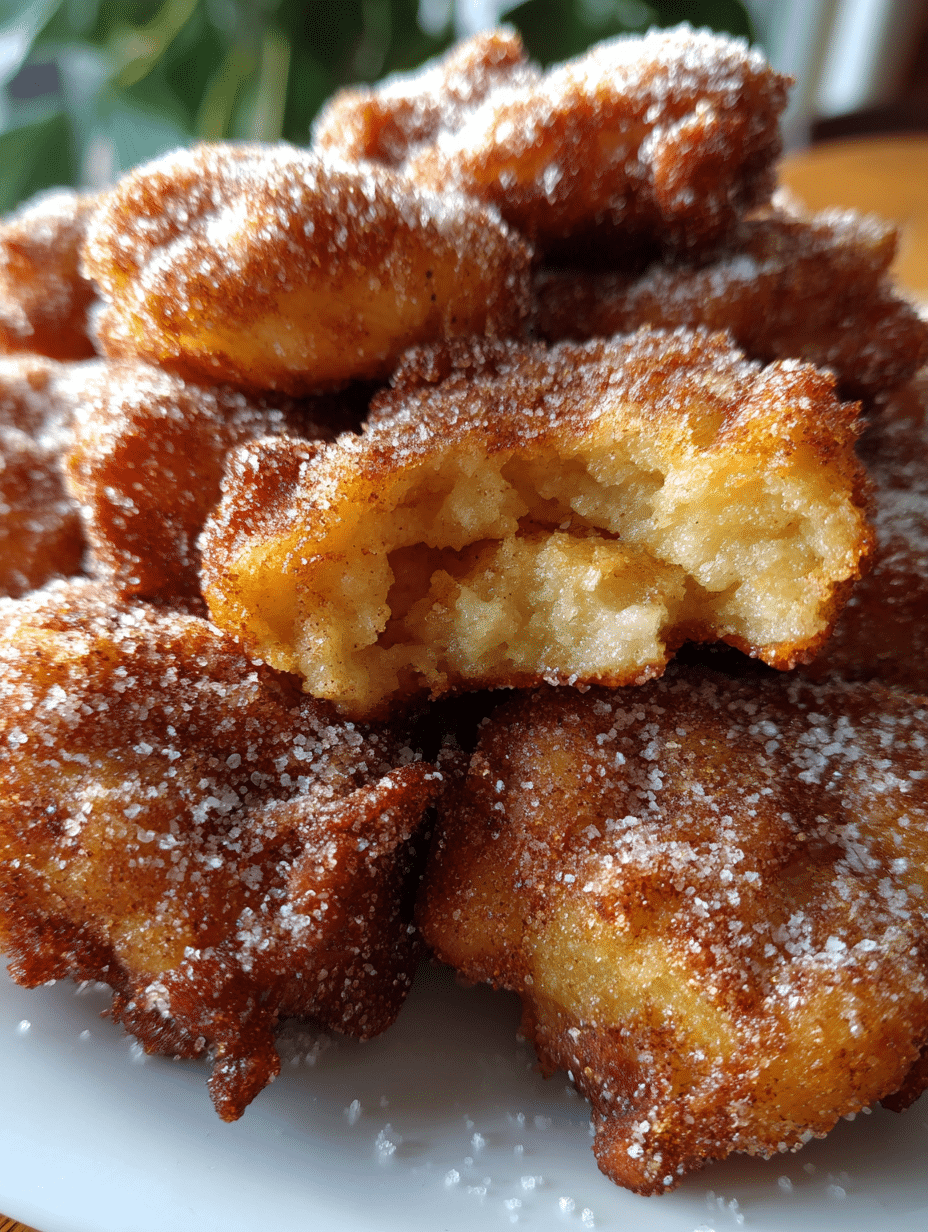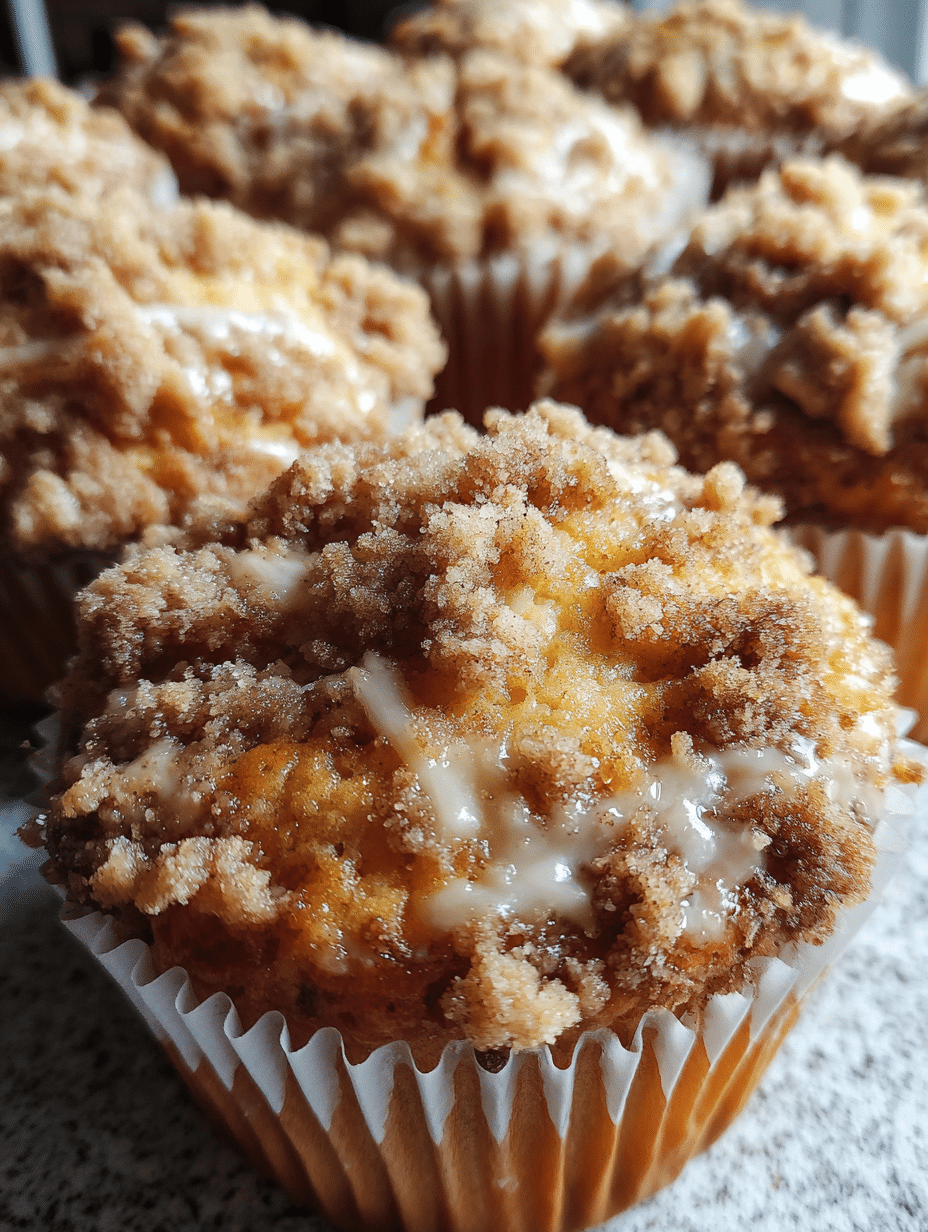A warm, handheld breakfast that uses up sourdough discard and is packed with melty, savory goodness? Yes, please!This article dives into the ultimate sourdough discard breakfast pockets recipe, showing you exactly how to use that extra starter in the most delicious way.flaky on the outside, filled with eggs, cheese, and more on the inside. You’ll also learn the science of air pockets, what not to do with your starter, and smart ways to use excess discard. If you’ve been wondering how to level up your cozy breakfast game, you’re in the right place.
Table of Contents

Sourdough Discard Breakfast Pockets Recipe: Crispy, Cozy, and Easy
- Total Time: 40 minutes
- Yield: 6 breakfast pockets 1x
Description
These sourdough discard breakfast pockets are crispy, golden, and filled with savory eggs and cheese. A delicious way to use up discard and prep cozy morning meals.
Ingredients
1 cup sourdough discard
1 ½ cups all-purpose flour
1 tsp baking powder
½ tsp salt
2 tbsp cold butter
2 large eggs (plus 1 for egg wash)
½ cup shredded cheddar cheese
¼ cup cooked bacon or sausage (optional)
1 tbsp milk (for egg wash)
Instructions
1. Preheat oven to 425°F (218°C) and line a baking sheet with parchment.
2. In a bowl, mix sourdough discard, flour, baking powder, and salt.
3. Cut in cold butter until crumbly. Mix in 2 beaten eggs to form dough.
4. Let dough rest 10 minutes, then divide into 6 portions.
5. Roll out each piece into a small circle or oval.
6. Add cheese, scrambled eggs, and bacon to each round.
7. Fold over and crimp edges with fork to seal.
8. Brush with egg wash (1 egg + 1 tbsp milk).
9. Cut small slits in tops. Bake 18–20 mins until golden.
10. Cool slightly before serving.
Notes
Customize filling with veggies, mushrooms, or leftover meat.
Make-ahead friendly! Freeze after baking and reheat in oven or air fryer.
- Prep Time: 20 minutes
- Cook Time: 20 minutes
- Category: Breakfast
- Method: Baking
- Cuisine: American
Nutrition
- Serving Size: 1 pocket
- Calories: 210
- Sugar: 1g
- Sodium: 340mg
- Fat: 10g
- Saturated Fat: 5g
- Unsaturated Fat: 4g
- Trans Fat: 0g
- Carbohydrates: 22g
- Fiber: 1g
- Protein: 8g
- Cholesterol: 95mg
Keywords: sourdough discard breakfast pockets recipe, sourdough discard, breakfast pockets
How These Sourdough Breakfast Pockets Became My Morning Obsession
I still remember the first time I tucked scrambled eggs and cheddar into a soft dough made from sourdough discard. It was a snowy Sunday, and we were out of bread, low on groceries, but high on starter discard after a week of feeding. I didn’t want to waste it throwing it out always feels wrong, like tossing away potential. So I rolled it out, stuffed it with breakfast basics, sealed the edges, and baked. What emerged was golden, puffy, and utterly cozy. My kids called them “breakfast pillows,” and I’ve been hooked ever since.
Using sourdough discard in breakfast pockets isn’t just thrifty it’s delicious. The discard adds tang and tenderness, and the baked pocket traps steam inside, creating a warm, hearty center with an irresistible crispy exterior. Plus, they freeze and reheat beautifully, which means I always have a batch ready for busy mornings.
I’ve played with fillings: bacon and egg, spinach and feta, sweet potato and black bean. All winners. But the real magic is in the dough. A bit of discard, some flour, a touch of fat, and time that’s all it takes. These aren’t just easy; they’re adaptable. Mess up the shape? No problem. Underfill one? It still bakes like a charm.
If you’re sitting on extra sourdough discard and wondering what breakfast options go beyond pancakes or waffles, this recipe is your golden ticket. It’s also a great gateway into the world of sourdough cooking for anyone feeling intimidated by bread loaves. And if you’ve already mastered classics like these sourdough discard cinnamon roll bites or this garlic pull-apart bread, breakfast pockets are your next natural move.
Because in my kitchen, sourdough isn’t just for bread days it’s for slow, savory mornings too.

What To Know Before You Bake
How to Use Sourdough Discard for Breakfast
Sourdough discard is more than just a byproduct it’s flavor, structure, and nutrition in one. For breakfast pockets, it acts as a hydration booster and gives a tangy, complex taste that’s far more interesting than plain dough. When mixed with flour, a touch of oil or butter, and a pinch of salt, the discard becomes a pliable, soft dough that rolls out beautifully.
The key to using sourdough discard in breakfast recipes is timing. Discard should be recently fed (within 1–3 days) and stored in the fridge. If it smells sharply acidic or looks gray, skip it. That said, a little tang is welcome it brings depth to your breakfast dough. Also, don’t over-knead. Since discard already has gluten development from fermentation, overworking the dough can toughen your pockets.
You can even prep the dough the night before and let it rest in the fridge. The slow ferment not only enhances the flavor but also improves texture. And if you’ve made other morning favorites like sourdough discard biscuits or bacon cheddar muffins, then you already know how well discard pairs with savory fillings.
Tips for a Flaky, Satisfying Pocket
Start with chilled dough. Cold dough keeps the fat from melting too early, creating that magical crisp and puff as it bakes. Roll it out evenly not too thin, or it’ll split; not too thick, or it won’t cook through.
When sealing your pockets, crimp the edges well (a fork works great). Brush the tops with egg wash for that golden crust. And don’t skip vent holes. A few tiny slits prevent steam from bursting the seams mid-bake.
Make your fillings count. Avoid overly wet mixtures; they’ll make the pockets soggy. Stick with scrambled eggs, shredded cheese, and pre-cooked veggies or meats. If you’ve tried filled bakes like raspberry sourdough danishes, you’ll be a natural at balancing fillings here too.
Crispy Shell, Fluffy Inside The Pocket Secret
How to Get Bigger Air Pockets in Sourdough
There’s something deeply satisfying about biting into a breakfast pocket with a crisp shell that gives way to a steamy, pillowy inside. Those airy interiors don’t just happen they’re the result of a few simple, deliberate steps. While air pockets are most associated with artisan sourdough bread, you can encourage them in pocket-style dough too.
First, don’t overwork your dough. Too much kneading knocks out built-up gas. Mix just until combined, then let it rest. A short ferment or chill gives time for gluten to relax and for bubbles to form.
Second, roll evenly but not too thin. About ⅛–¼ inch thickness gives room for steam to lift the interior without making it too dense. During baking, the steam from fillings expands rapidly, helping create air gaps. Just like when baking sourdough discard English muffins or cinnamon roll cake, moderate hydration and resting time play a huge role in how the dough rises and bakes.
Last tip: bake at high heat. Starting with a hot oven (around 425°F) causes rapid oven spring, which creates the lift you want in the first 10 minutes.
Choosing Fillings That Don’t Weep or Sog
The secret to a successful pocket isn’t just in the dough it’s what’s inside. Moisture is the enemy here. Avoid raw veggies or wet cheese straight from the fridge. Always pre-cook or sauté ingredients like spinach, mushrooms, or onions to reduce moisture.

Scrambled eggs should be slightly underdone they’ll finish cooking inside the pocket. Use grated cheese instead of slices for even melt, and pat bacon or sausage with paper towels to absorb excess grease.
It’s also a good idea to chill your filling slightly before sealing. Warm fillings soften the dough too quickly and can cause leaks.
If you’ve tried make-ahead dishes like the sourdough discard breakfast casserole, you’ll already know how layering and moisture control can make or break the texture.
Beyond the Pocket – What to Make with Lots of Sourdough Discard
Creative Recipes to Try This Week
Once you start baking with sourdough discard, it becomes a bit of a kitchen ritual saving it, experimenting with it, and wondering, “What next?” Breakfast pockets are a brilliant start, but there’s a whole discard-powered universe to explore.
If you’ve got more discard than your fridge can handle, turn to easy, crowd-pleasing options like sourdough discard cinnamon roll bites or soft sourdough discard cheddar biscuits. These are fast, forgiving, and great for sharing or freezing.
Feeling adventurous? Whip up savory snacks like sourdough discard jalapeño popper bread or tangy garlic pull-apart bread. They’re ideal for weekend meals or potlucks. And for something just plain fun, try sourdough discard popovers the puff factor alone is worth it.
If sweets are more your style, bake a batch of sourdough discard raspberry danishes or cinnamon-sugar churro bites. The discard balances the sweetness and adds just enough tang to keep things interesting.
How to Store and Plan Discard Recipes
One of the easiest ways to stay on top of discard use is to freeze it. Just portion discard into small containers (½ cup is a good standard) and freeze for up to 3 months. Thaw overnight in the fridge and stir before using.
Better yet, keep a weekly “discard day.” This is when I batch-bake items like pockets, muffins, or biscuits and store them in the freezer. On busy mornings, I just pop one in the oven.
You can also keep a discard log: note what you’ve made, what worked, and what still needs tweaking. That way, when you open your fridge and see a jar of discard, you’re never at a loss.
With these creative ideas, your discard won’t go to waste and your kitchen will stay stocked with comforting, flavorful bakes.
FAQS
How to use sourdough discard for breakfast?
Sourdough discard is perfect for quick, flavorful breakfast recipes. You can mix it into pancake or waffle batter for tang and texture, or use it as the base for savory items like breakfast pockets, muffins, and casseroles. When combined with flour, eggs, and leavening agents, it creates tender doughs with a rich flavor no waste necessary.
What is the biggest mistake you can make with your sourdough starter?
Neglecting consistent feedings is the top mistake. Skipping regular care can lead to poor rise, weak fermentation, or even spoilage. Also, discarding too little or keeping too much can dilute the strength of your starter. Always feed with equal parts flour and water and watch for signs of activity like bubbling and rising.
What to make with lots of sourdough discard?
If your jar is overflowing, put it to good use in recipes like sourdough discard cinnamon roll cake, crackers, biscuits, muffins, and even batters for popovers and fritters. You can also make large-batch doughs for freezing, like savory breakfast pockets or pull-apart breads.
How do you make sourdough bread bigger air pockets?
For those dramatic, open crumbs, start with a well-hydrated dough and handle it gently. Use stretch-and-fold techniques during bulk fermentation rather than aggressive kneading. Long fermentation, proper gluten development, and high baking temperatures are essential. Avoid overworking the dough and always bake in a preheated, steamy oven.
Conclusion
Sourdough discard breakfast pockets are more than a recipe they’re a rhythm, a way to nourish with intention. Whether you’re using up extra starter, prepping for a cozy week of grab-and-go meals, or simply craving something warm and satisfying, these pockets deliver. The process is simple, the ingredients humble, and the results endlessly rewarding. Don’t be afraid to make a mess in the kitchen because that’s where the magic (and the crispy layers) begin.more recipes follow me: facebook – Pinterest






I’m more disappointed in myself for even choosing this recipe, I should have known better. First off, why wouldn’t you instruct to mix the dry ingredients and cut in the butter before adding the discard?! Then adding the eggs? What a frustrating mess!! Horrible recipe.
★
I’m really sorry to hear this one caused frustration that’s never the goal. I appreciate your feedback, and you’re right: the order of mixing can absolutely affect the outcome. I’ll revisit the instructions to make sure they’re clearer and more intuitive. Thanks for taking the time to share your experience.
This recipe truly was a disaster. Took a lot to salvage the dough and was anything but quick. I should’ve known better when it was volume measured rather than weight measurements.
The final product turned out fine but will not be making again. Just ok after a ton of work.
Thanks for your honest feedback totally understand your frustration. I’ll work on adding weight measurements to improve clarity. Glad it turned out okay in the end!
This didn’t come out flaky as described. The taste of my mixture was good but the dough was bready. I felt like I followed this recipe to a T so this was discouraging. Not sure if I’ll do it again since I would have to figure out what I need to tweak.
The dough was unmanageable for me. I’m not sure what i did wrong but i was not able to make anything out of it but blobs . Super frustrating
I’m so confused about adding the eggs into the dough? I’m trying to trust the process here but this is only starting to resemble a dough after I’ve added quite a bit more flour. This looks good and I’d like to make it but are you sure the amounts are correct and the eggs are mixed into the dough??
Are you sure the eggs should be mixed into the door? The result was a very sticky mess that was unmanageable to work with. Maybe the eggs are meant to be used for scrambled eggs instead of mixing in the dough?
★